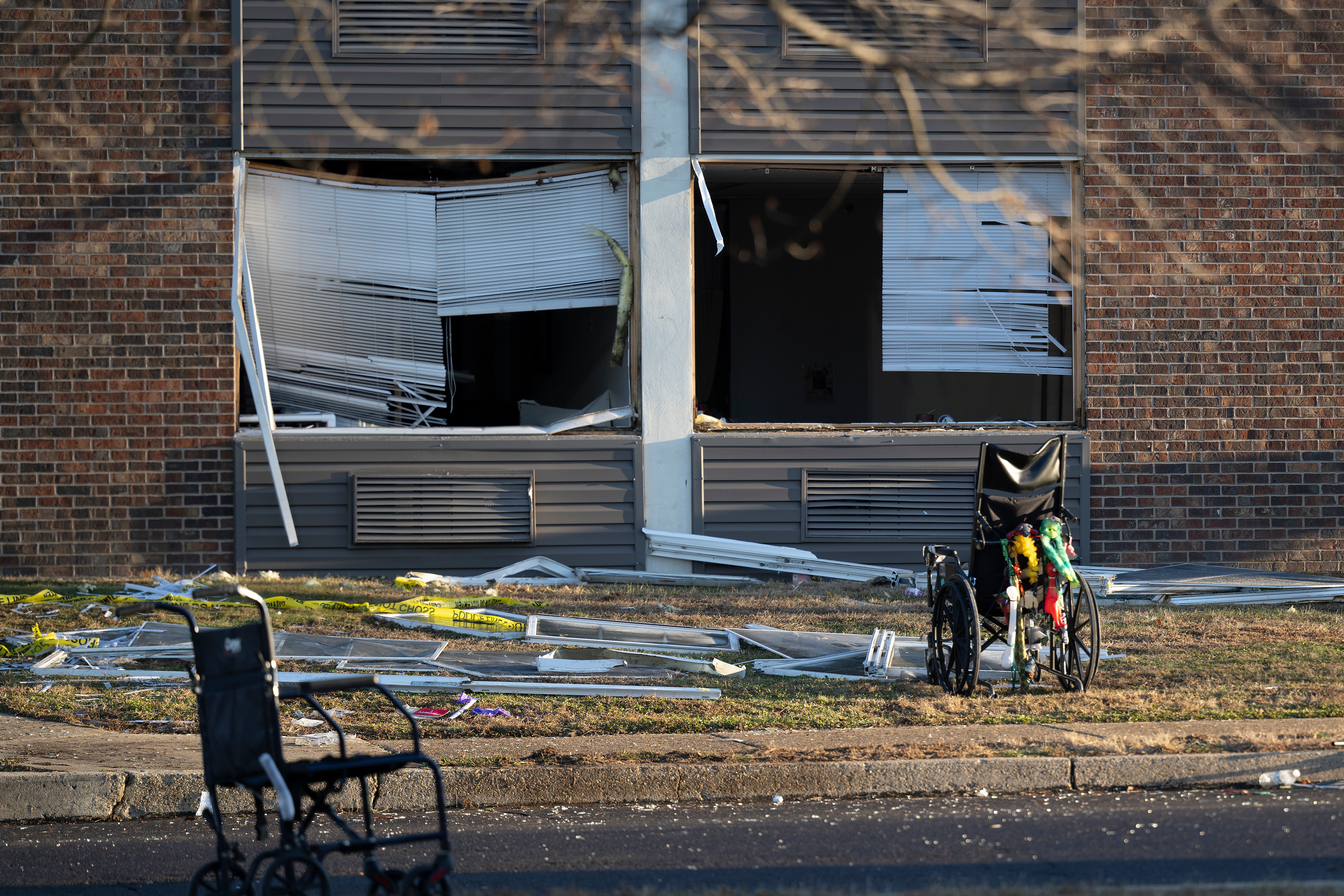One person was killed and three others were injured after an avalanche at California’s Palisades Tahoe ski resort Wednesday morning, officials said.
Officials said the man who died, 66-year-old Kenneth Kidd, was a guest at the resort.
Another individual, also a guest at the resort, sustained minor injuries to their legs. Two other people were treated for minor injuries, according to officials.
Search efforts concluded on Wednesday afternoon and officials have determined that no one else remains in danger.
The resort, located in Olympic Valley, California, on the northwest side of Lake Tahoe, closed its ski mountain for the day shortly after it had opened. Officials said the avalanche debris field is approximately 150 feet wide, 450 feet long and 10 feet deep.
More than 100 personnel with the Palisades resort assisted in the search following the avalanche. Cal Fire said on social media that it had crews assisting the Olympic Valley Fire Department at the resort as well.
The Lake Tahoe region is currently under a winter storm warning that is making travel in the area extremely hazardous to impossible, according to the National Weather Service. Snowfall could reach up to two feet in some parts after days of accumulation from previous storm systems.
According to the resort’s weather tracker, maximum wind gusts at its alpine crest point were clocked at 136 mph on Wednesday and there was a foot of snow in the forecast.
The Sierra Avalanche Center ranked the risk for an avalanche Wednesday as "considerable," which is in the middle of its danger scale just below "high." The avalanche risk is expected to increase in the evening, the center said.
Palisades Tahoe is the largest ski resort in the Lake Tahoe region with over 6,000 skiable acres. It was home to the 1960 Winter Olympics.
The resort changed its name in 2021 due to the derogatory connotations of a word used in the former title.

Blizzards, tornadoes, flooding: Storms hit every corner of the US
The weather has already affected campaigning for Iowa's Jan. 15 precinct caucuses, where the snow is expected to be followed by frigid temperatures.










